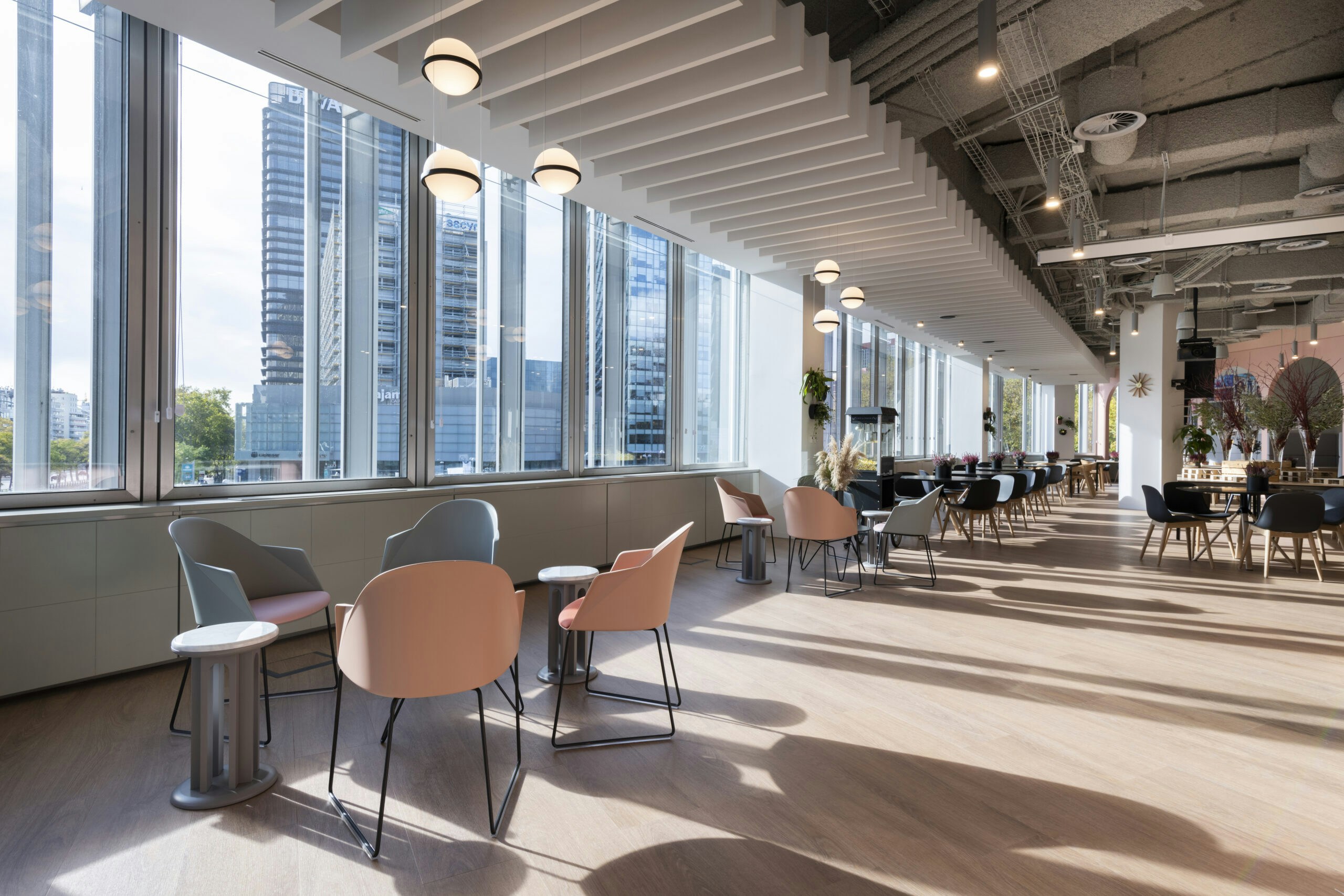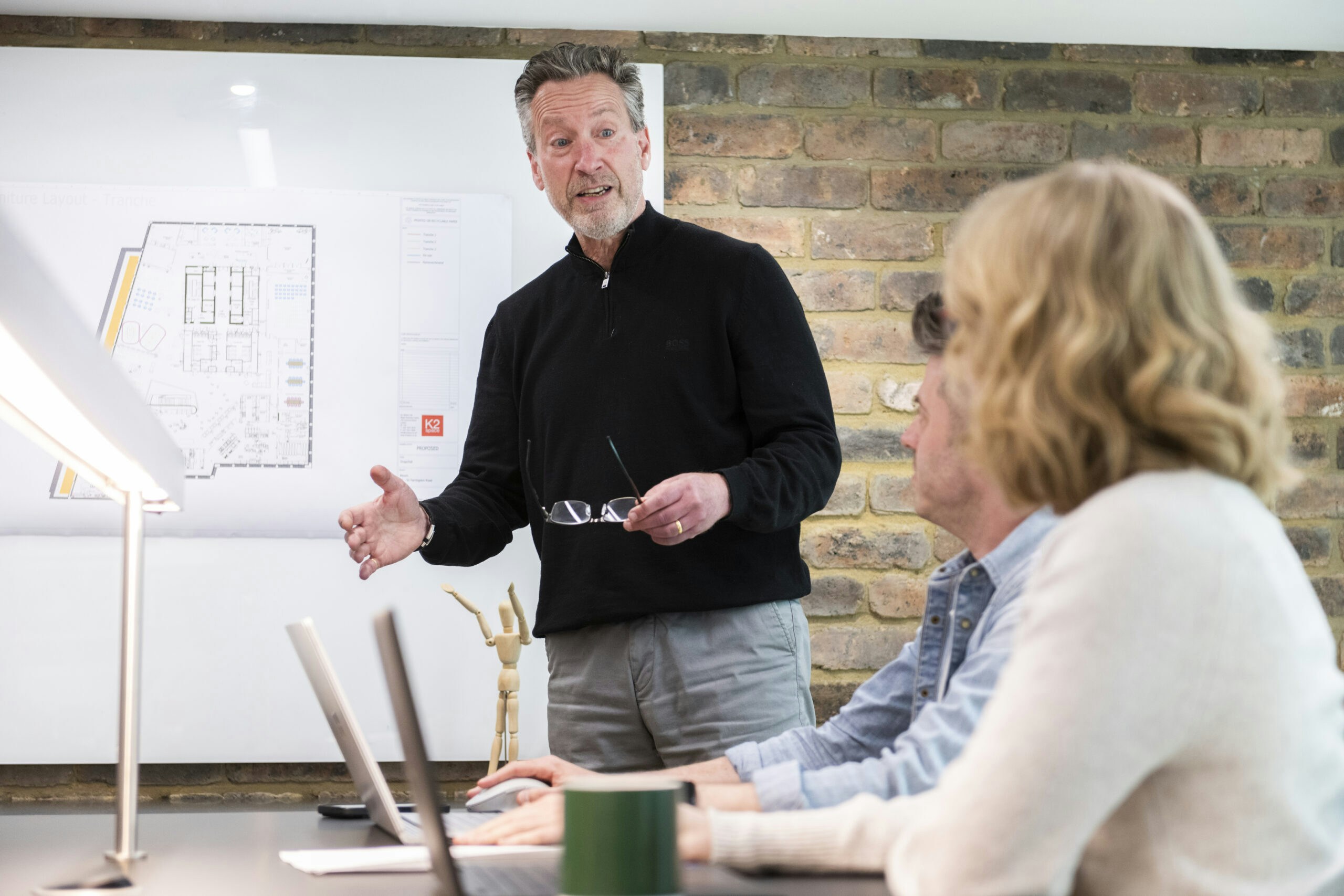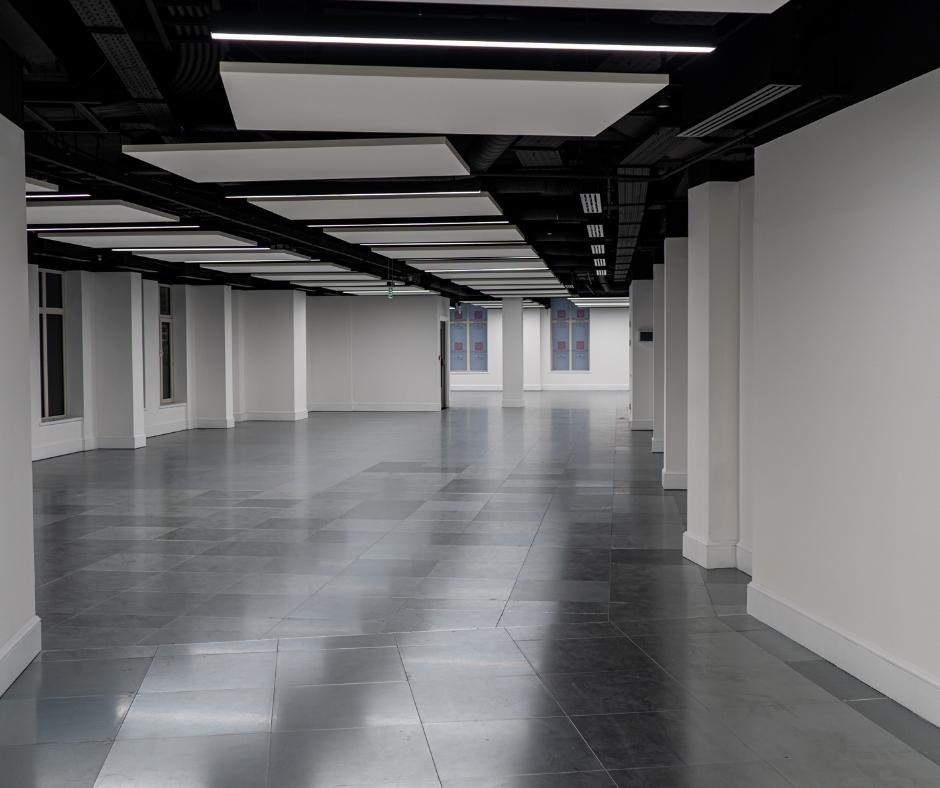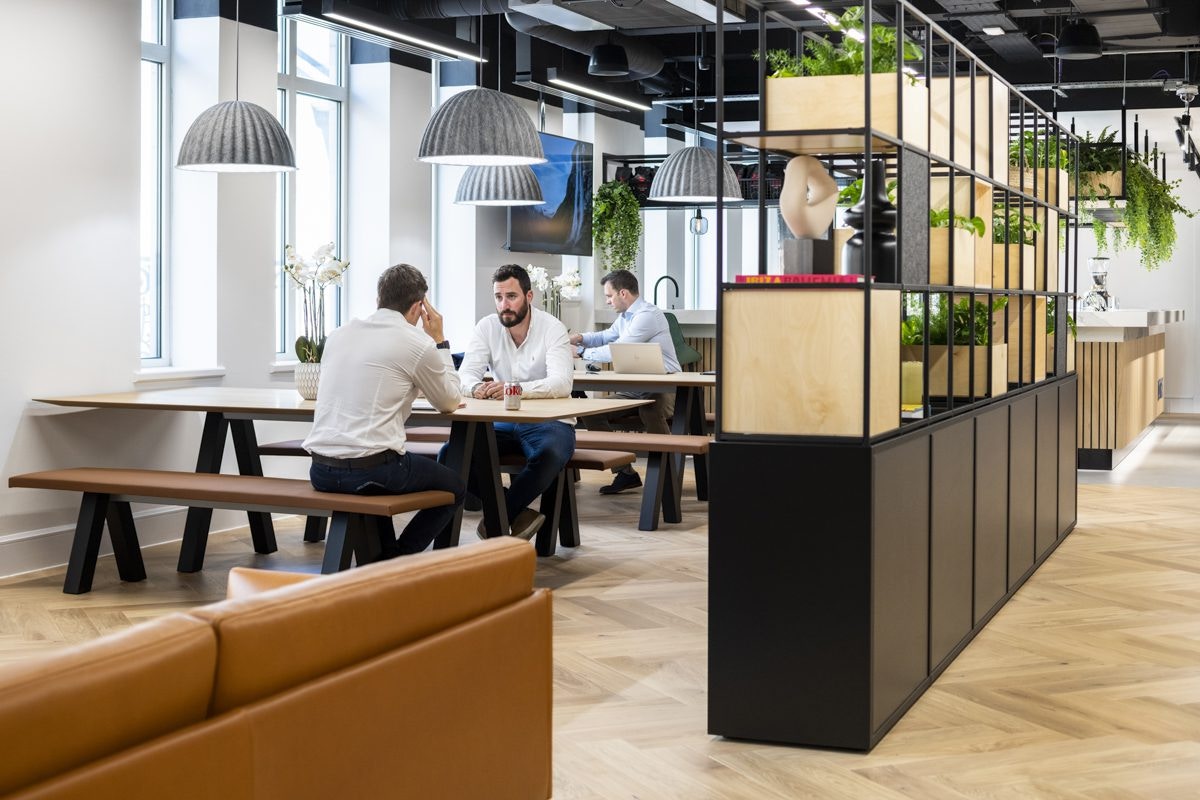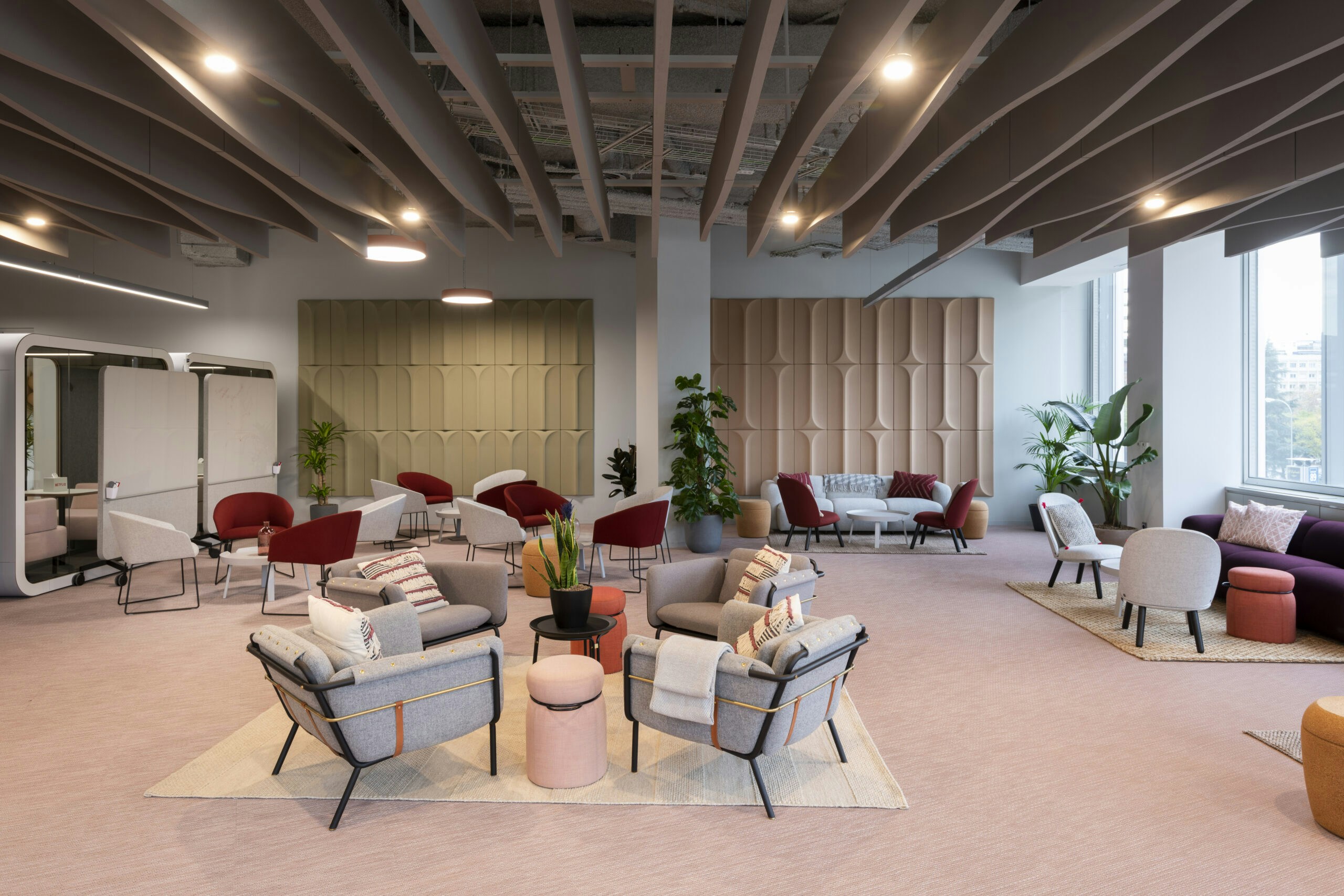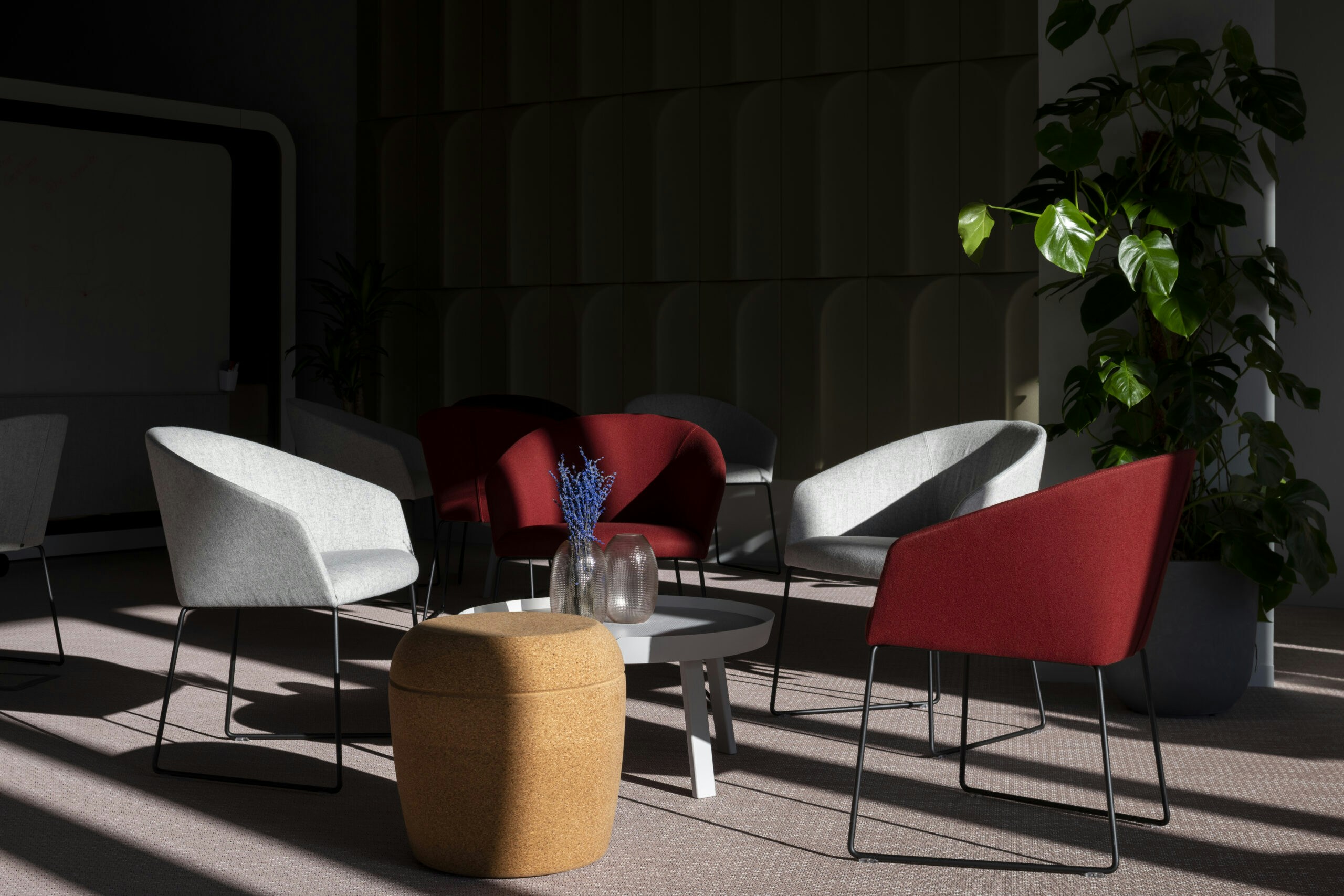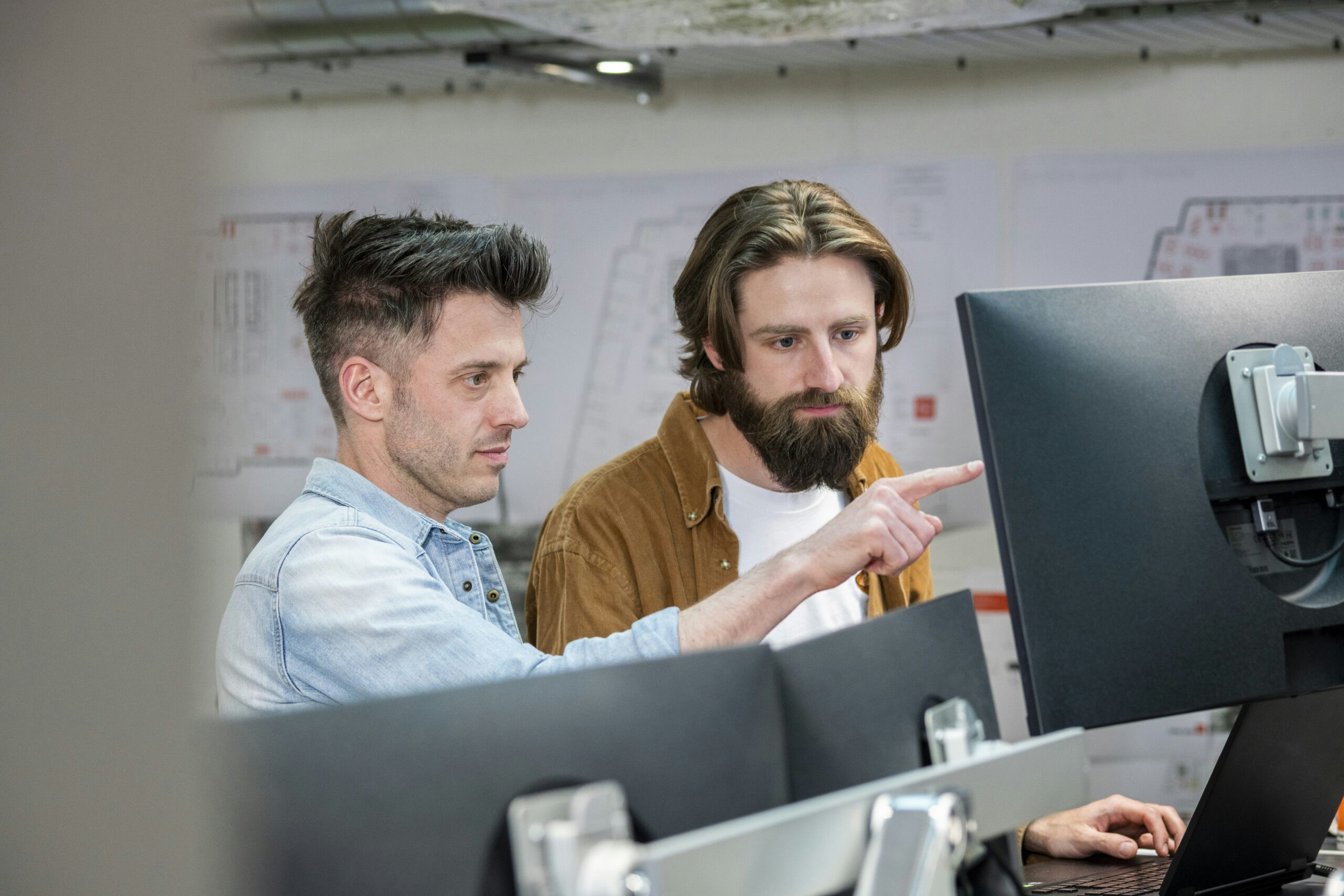The main difference between a Cat A and a Cat B fit out is the level of completion and customisation. A Cat A fit out is essentially an empty space with the basic finishes and fixtures that are included in a commercial office space when it is first built or refurbished. These typically include things like walls, floors, ceilings, electrical and plumbing systems, heating, and cooling systems, and fire protection systems. A Cat A fit out does not usually include any interior partitioning or other finishes that are specific to a tenant’s needs.
A Cat B fit out, on the other hand, refers to the additional work that is done to customise an office space to meet the specific needs and requirements of a tenant. This can include things like interior partitioning, electrical and data installations, flooring and wall finishes, lighting, and furniture. It is the full end-to-end process of creating a space that is ready for occupation. This includes everything from the installation of facilities like bathrooms, to raised floors, and the creation of meeting rooms, breakout areas, and kitchens.
As the tenants of an office building, it’s important that you confirm with your landlord the level finish required. Office space can be fitted out to CAT A, CAT A+, or Cat B standards, where the office is fully complete and ready to move in. Each of these is discussed in more detail below.
